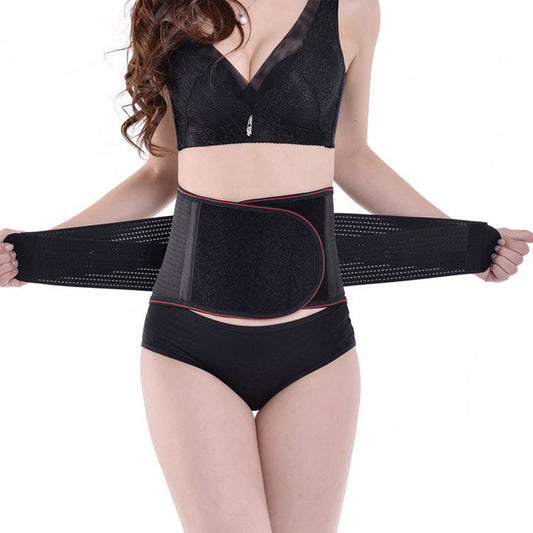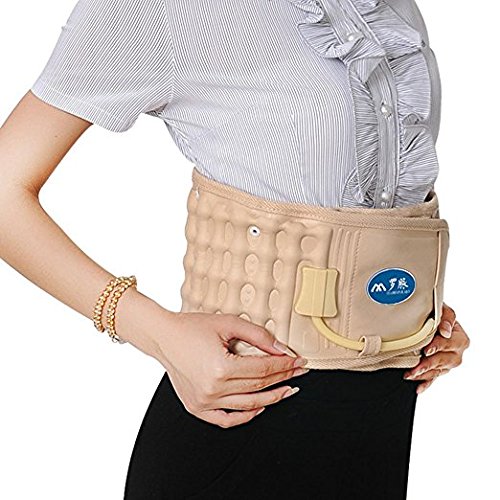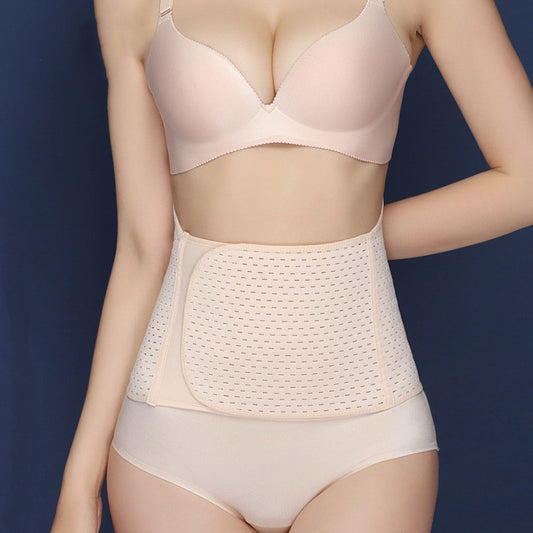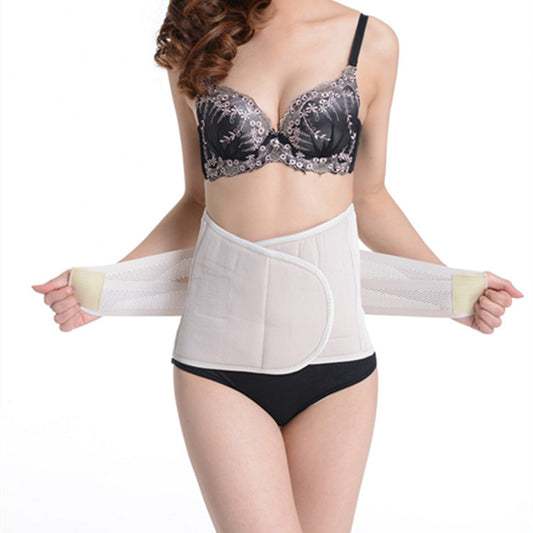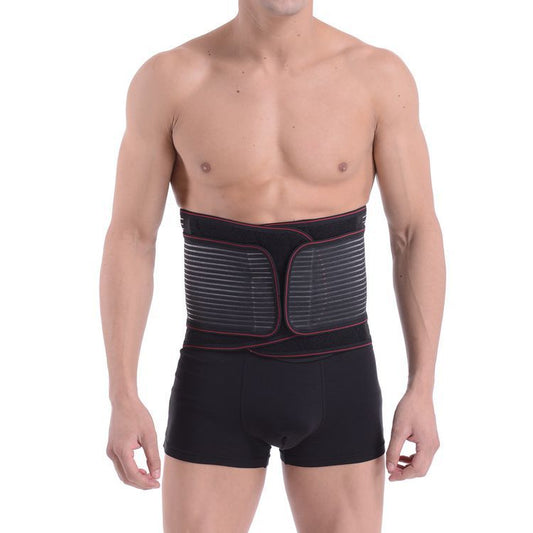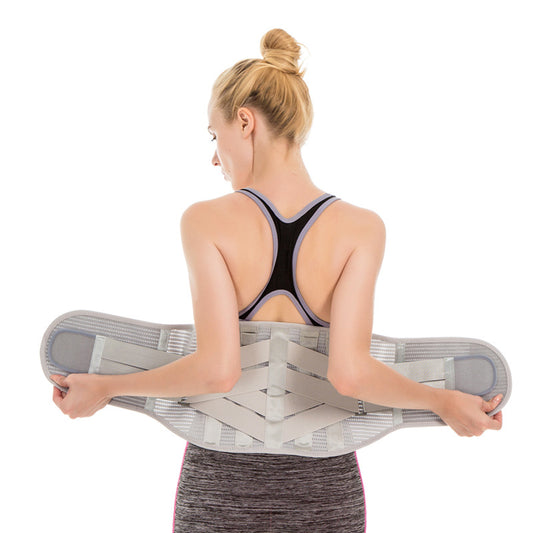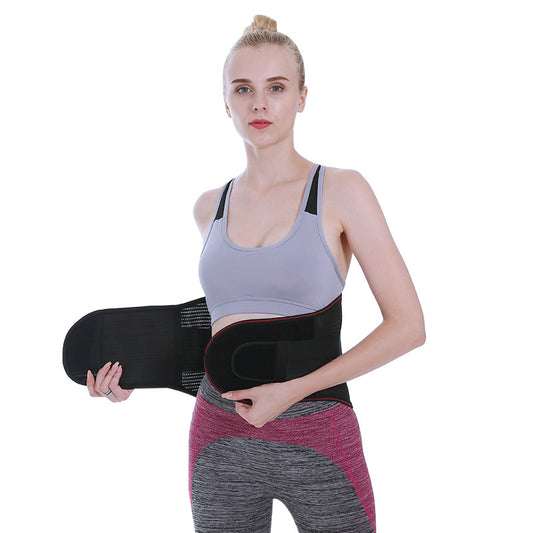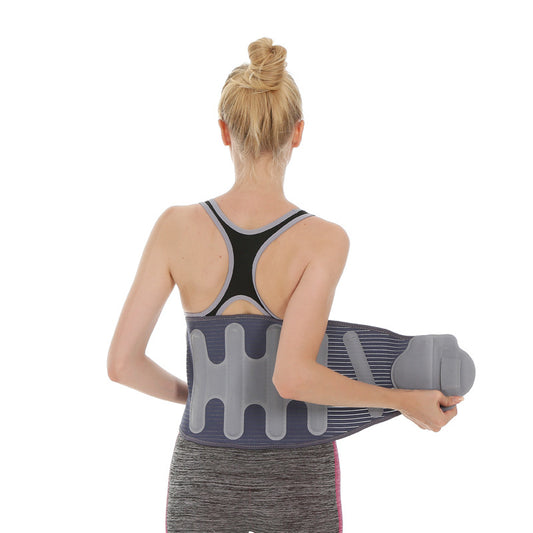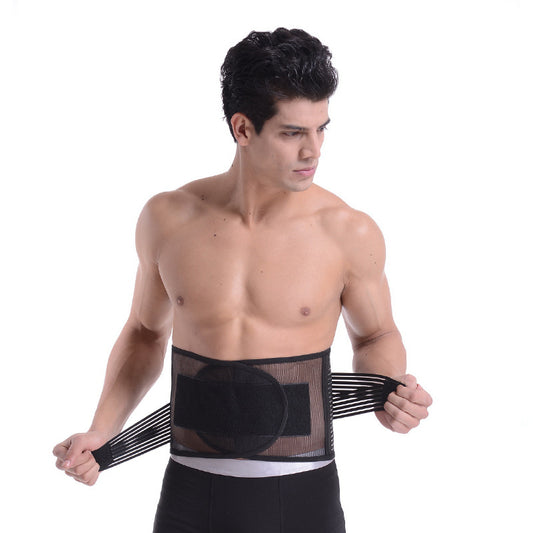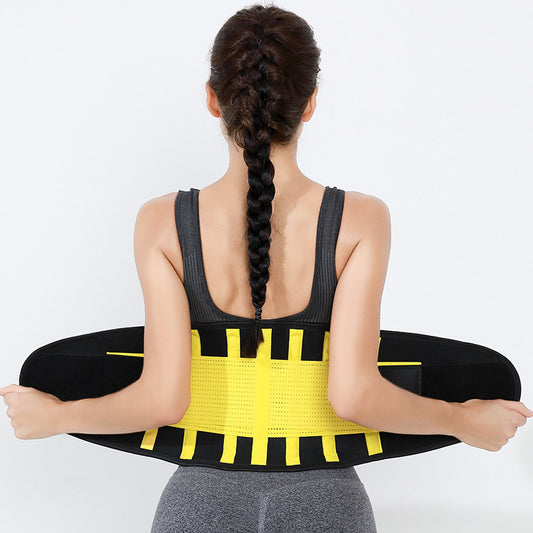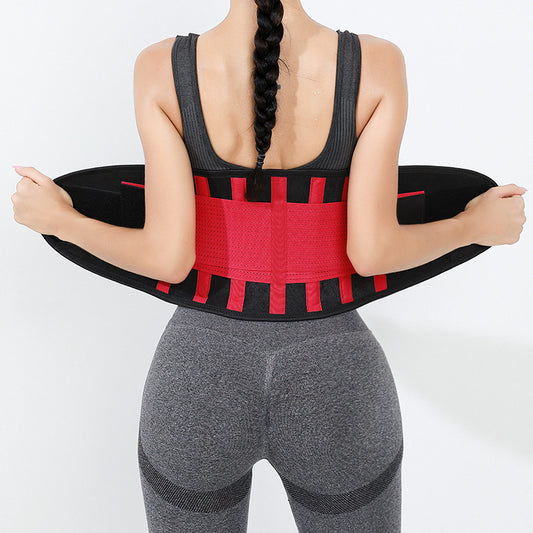-
ZszbACE Stabilizing Lumbar Lower Back Brace Support Belt Dual Adjustable Straps Breathable Mesh Panels
Regular price $24.99 USDRegular price$39.00 USDSale price $24.99 USDSale -
Back Stretcher,Lumbar Support Device Multi-Level Spinal Lumbar Back Stretcher Spine Deck Back Stretching Treatment Back Massager
Regular price $18.99 USDRegular price -
ZSZBACE Back Brace and Support Belt with Dual Adjustable Straps, Spontaneous heat Acupuncture Magnetic Therapy-Trimmer Slimmer Compression Band for Weight Loss Workout Fitness
Regular price $22.99 USDRegular price$32.00 USDSale price $22.99 USDSale -
Dr.HO Decompression Belt Back Brace Lumbar Support Spinal Air Traction&Extender
Regular price $52.00 USDRegular price$62.00 USDSale price $52.00 USDSale -
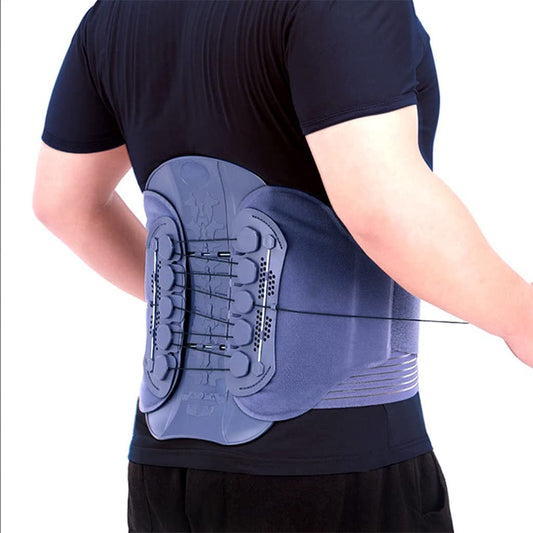
Lumbar Back ZSZBACE Pain Relief Brace | Support Belt for Bulging, Slipped & Degenerative Herniation
Regular price $79.00 USDRegular price$109.00 USDSale price $79.00 USDSale -
Postpartum Girdle C-Section Recovery Belt Back Support Belly Wrap Belly Band Shapewear
Regular price $23.00 USDRegular price -
Postpartum Support Recovery Belt Comfortable Elastic Postpartum Abdomen Recovery Belt After Birth Belly Band Post Pregnancy Corset Waist Belt Maternity Support Belt Shaper Slimmer Wrapper
Regular price $48.00 USDRegular price -
Men and women can use tourmaline self-heating belt, comfortable and removable cartilage support
Regular price $82.00 USDRegular price -
Men's Warm Abdominal Belt Self-heating Belt
Regular price $57.00 USDRegular price$67.00 USDSale price $57.00 USDSale -
Women & Men Waist Trainer Corset Cincher Belt Tummy Control Slimming Body Shaper Belly Workout Sport Girdle
Regular price $69.00 USDRegular price -
Waist Trainer Belt for Women & Man - Waist Cincher Trimmer Weight Loss Ab Belt - Slimming Body Shaper Belt
Regular price $69.00 USDRegular price -
Waist Trimmer Belt Neoprene Waist Trainer for Weight Loss Slimming Body Shaper Workout Belly Band Sports Girdles
Regular price $92.00 USDRegular price -
Sports Fitness Belt Lumbar Fixed Support Neoprene Belt
Regular price $37.00 USDRegular price$47.00 USDSale price $37.00 USDSale -
TrainingGirl Women Waist Trainer Cincher Belt Tummy Control Sweat Girdle Workout Slim Belly Band for Weight Loss
Regular price $49.00 USDRegular price$59.00 USDSale price $49.00 USDSale -
Colorful diving material support sports belt fitness sweat waist waist abdominal support belt
Regular price $39.00 USDRegular price$49.00 USDSale price $39.00 USDSale
Collection: Lumbar Support Solutions for Effective Pain Relief
Discover the Ultimate Lumbar Support Solutions for Pain Relief
Who Needs Lumbar Support?
Lumbar support braces are essential for anyone experiencing discomfort or pain in the lower back. Whether you're dealing with chronic back pain, recovering from an injury, or managing conditions such as sciatica, herniated discs, or spinal stenosis, lumbar supports offer much-needed relief and stability. Those with sedentary lifestyles, athletes, or individuals prone to posture issues can also benefit significantly.
Why You Need Lumbar Support
Our lumbar support solutions are designed to:
- Alleviate Pain and Discomfort: By reducing strain on the lower back and promoting proper alignment.
- Enhance Recovery: Whether after surgery or an injury, supports aid in faster healing.
- Improve Posture: Prevent back problems associated with poor posture by encouraging a natural stance.
- Support Daily Activities: Offering comfort and ease whether you're at work, engaging in physical activities, or simply resting.
How to Determine If You Need Lumbar Support
Consider lumbar support if you:
- Experience chronic low back pain or sciatica.
- Have been diagnosed with conditions like herniated discs or degenerative disc disease.
- Recovering from back surgery or injury.
- Spend prolonged periods sitting or standing.
- Suffer from posture-related pain.
Product Features
Our collection includes a variety of lumbar support options:
- Back Stretcher Lumbar Support: Perfect for spinal alignment and relieving tension. Explore Here
- Fitness Sweat Waist Abdominal Support Belt: Ideal for fitness enthusiasts, offering support and promoting sweat. Check This Out
- Decompression Belt Back Brace: Provides air traction and spinal decompression for effective pain relief. See More
Each product is crafted using high-quality materials, providing breathable and adjustable support for everyday wear.
Common Questions and Symptoms
What symptoms indicate I might benefit from lumbar support?
- Persistent or intermittent lower back pain.
- Disc conditions like disc herniation or degeneration.
- Pain radiating to legs, indicating possible sciatica.
- A family history of spinal conditions.
Is this suitable for people recovering from surgery?
Our supports are indeed designed to aid post-operative recovery, giving stability and reducing unnecessary movement that might hinder healing.
Benefits of Using Our Lumbar Supports
By targeting key areas in the spine, our lumbar supports can:
- Reduce Pressure on Spinal Discs: By distributing weight evenly, thus relieving tension.
- Promote Healing: Helping with the natural recovery processes.
- Enhance Mobility: Allowing freedom of movement while ensuring stability.
ZSZBACE Expertise
We are proud of our ZSZBACE brand heritage, renowned for:
- Years of Expertise: Our extensive manufacturing and R&D experience ensures innovative and reliable products.
- High-Quality Materials: Offering durability and comfort.
- Professional Service and After-sales Support: Ensuring customer satisfaction and support throughout your purchase journey.
Visual Aids


In summary, lumbar support offers a versatile and essential solution for a variety of back-related ailments. With ZSZBACE, you gain the expertise and reliability of a top-tier support provider. Please explore our collection today and start your journey towards a pain-free lifestyle!



